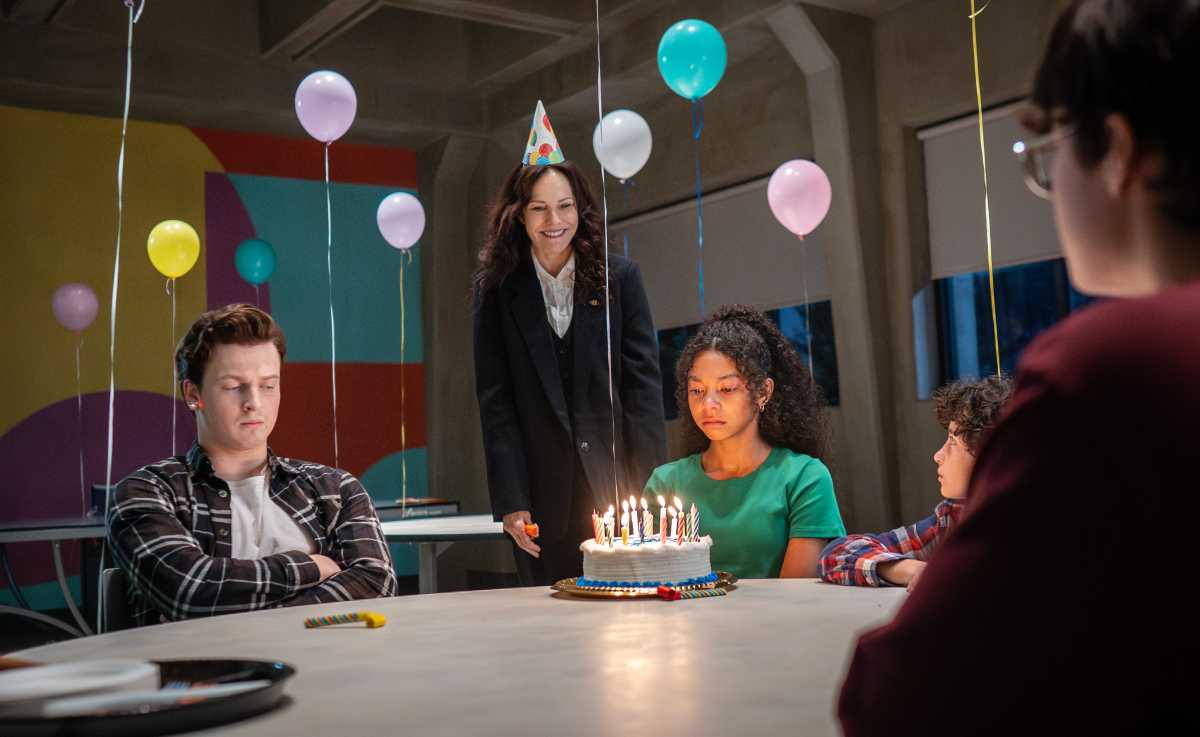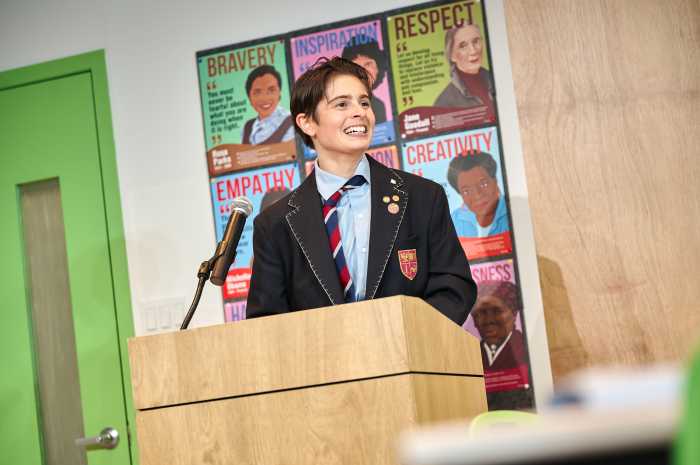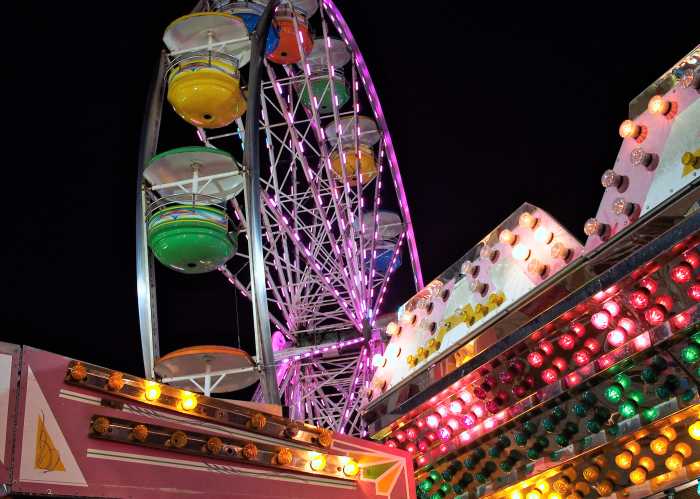The Japanese hit manga series “Death Note” has seen its share of revivals, however, horror master Adam Wingard’s version, which debuts on Netflix Friday, has fans up in arms over its major character changes. The story centers around a student named Light who happens upon a book that kills anyone whose name is written inside.
We spoke with Wingard about his choices and why he took such a unique spin on this tale.
Did you consider making a television series instead of a film?
It was always a movie, but I did always see it as a series of movies. The first film is very much the origin story. It’s about Light starting in one place and ending much closer to the way he is in the source material.
What was the thought process behind liberties taken in the film?
One of the main things I thought would be interesting was taking the character of Light and splitting him into two people — split his personality between Light and Misa. In the books, Light is immediately willing to kill FBI agents, anybody that gets in his way. Misa is much more like Light in the manga, and the coupling of them I think is why Ryuk gives Light the notebook.
In this version if Light had just had it himself, he would have been fairly responsible with it. But because she comes into play and she’s a bit more sociopathic than he is, it leads to insane results.
In a way the movie is really about a high school relationship. It just puts the stakes on such a high level, but the movie’s always couched in a coming-of-age thing. In a lot of ways this movie’s about [the character] L coming into his own too, and developing his own personality.
Unlike in the animé where he stays consistent, in this one he actually gets angry and has outbursts. Everybody’s going through interesting dynamic turns.
The film has quite a bit more gore than the books. Did you get any push back on that?
It was always open to whatever we wanted. For me, those early scenes are so visceral because they’re couched in Light’s perspective. The deaths themselves have this over-the-top, fun vibe to it because that’s where he’s at with the Death Note. As the movie goes on, the consequences become more real and violent, more disturbing.
Was it hard to keep Ryuk in the shadows with an epic voice like Willem Dafoe behind him?
It’s interesting, apparently earlier iterations of the film didn’t even have Ryuk in them. People were still nervous about it even when we were shooting, thinking “Who is this demon?” “Is this going to be too over the top?” Ultimately once we got it done and started testing it, it was everybody’s favorite.




























